


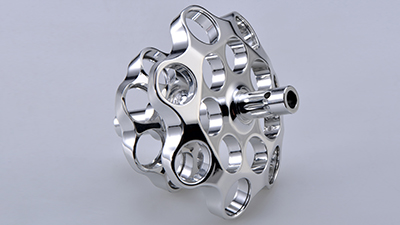
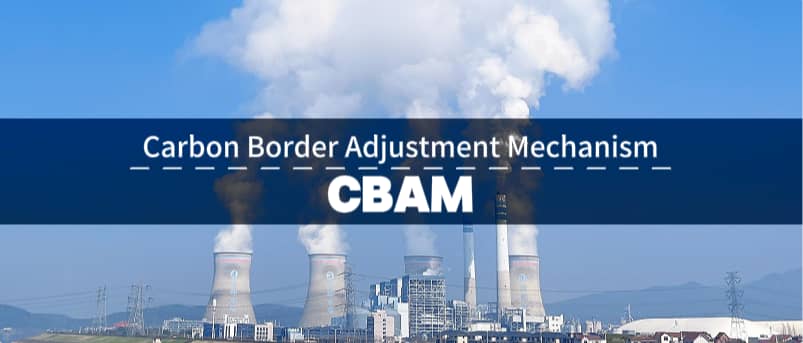

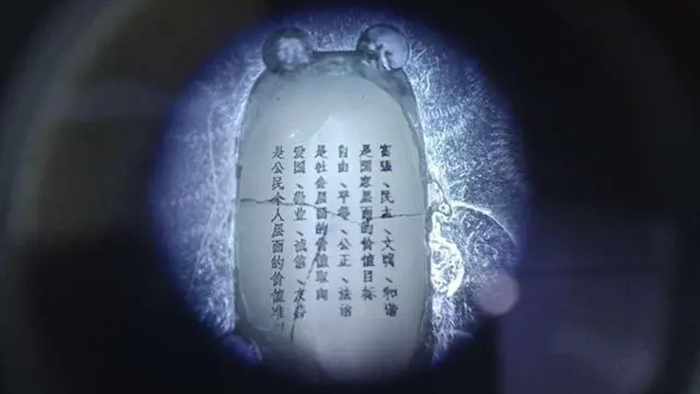
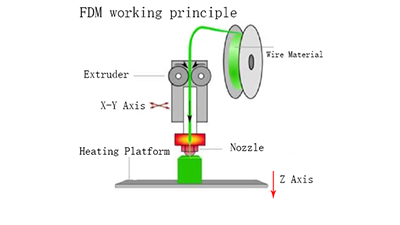
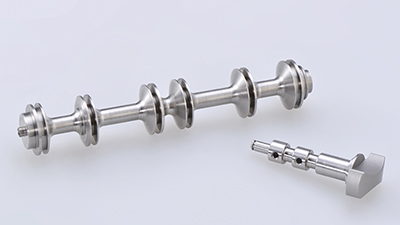
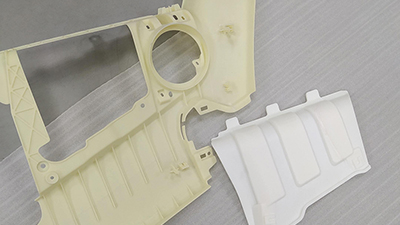

Stainless steel materials play an irreplaceable role in modern industrial production. Many Mastars' prototypings and mass-produced products use stainless steel materials, and CNC machining is also a very widely used process.
Machining refers to the machining method in which the excess material on the blank or workpiece is cut off with a cutting tool, so that the workpiece can obtain the specified geometry, size and surface quality. Compared with other materials, the machining of stainless steel is more difficult, mainly due to the following reasons:
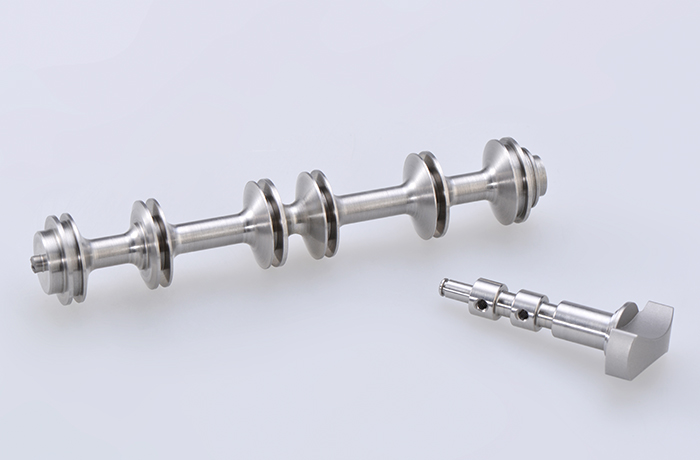
Among stainless steels, the work hardening phenomenon of austenite and austenitic + ferritic stainless steel is the most prominent. Compared with general steel, the strength and hardness of stainless steel are not high, but its plasticity and toughness are good, but it has high strength at high temperature and large tendency to harden when it is processed. Therefore, the cutting load is heavy. In addition, during the cutting process of austenitic stainless steel, some carbides will be precipitated inside, which will increase the scratch effect on the tool.
Stainless steel has large plastic deformation during the cutting process, especially austenitic stainless steel (its elongation is more than 1.5 times that of 45# steel), which increases the cutting force.
The plasticity and toughness of stainless steel are very large. It is easy to generate built-up edge during the cutting process, which not only affects the roughness of the machined surface, but also easily causes the surface of the tool to peel off. This is particularly evident in martensitic stainless steels with lower carbon content.
The affinity in the process of cutting stainless steel causes the bonding and diffusion between the chips, which results in bonding wear and diffusion wear. In addition, the hardness of carbide particles is very high, and it directly contacts and rubs with the tool during cutting, which increases the roughness of the machined surface and aggravates the wear of the tool.
The linear expansion coefficient of stainless steel is about 1.5 times that of carbon steel. Under the action of cutting temperature, the workpiece is prone to thermal deformation and the dimensional accuracy is affected.